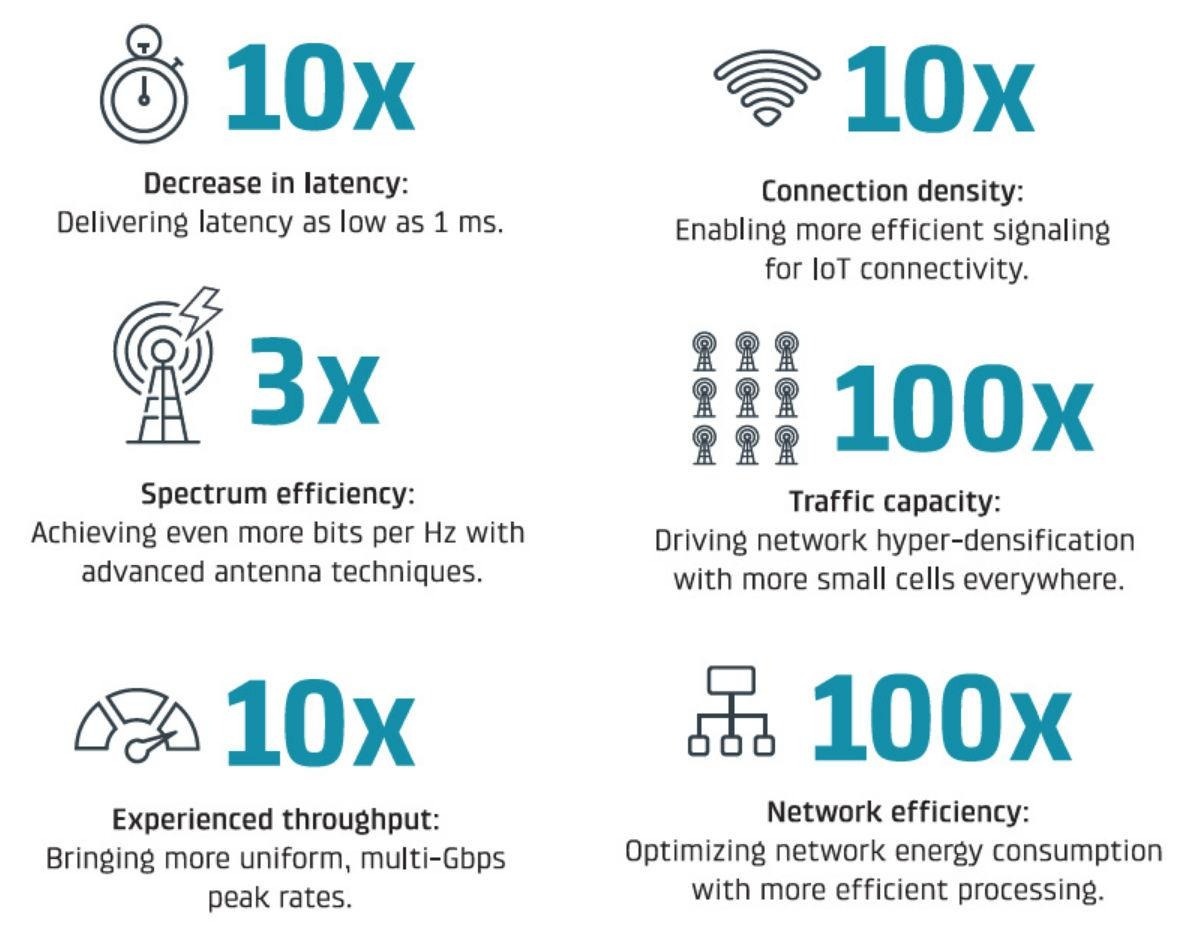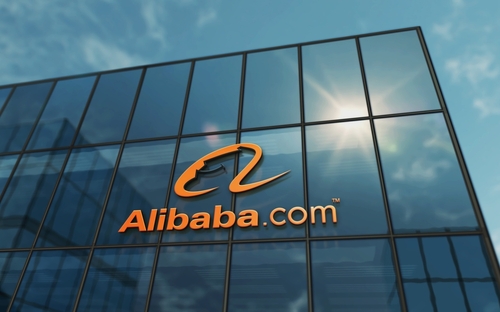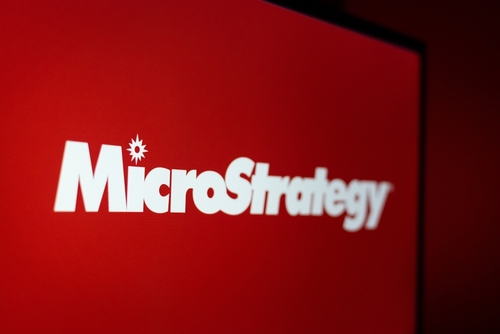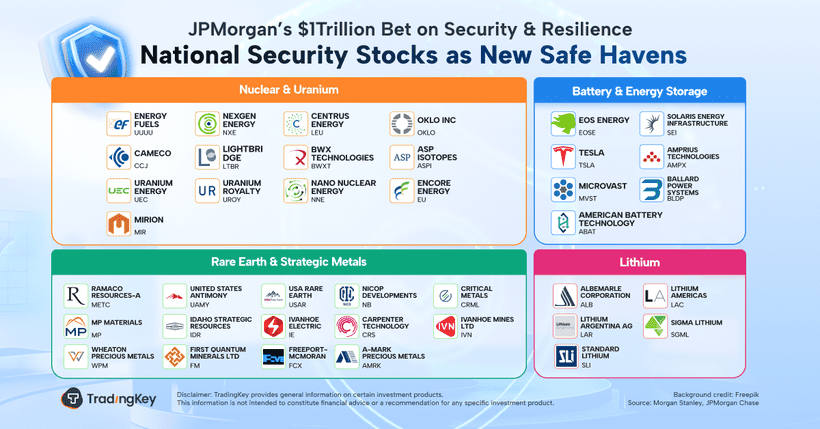Investing in 5G & Telecom Infrastructure


- 5G is not just faster internet but a critical infrastructure powering industries like autonomous cars, smart cities, healthcare, and VR/AR.
- Investment opportunities span telecom carriers, tower/fiber REITs, equipment suppliers (Ericsson, Nokia, Huawei), and chipmakers (Qualcomm, etc.).
- Growth is driven by enterprise transformation, IoT adoption, and government-backed rollouts, creating massive demand for connectivity.
- Risks include high capital intensity, regulatory hurdles, tech disruption (6G), and valuation pressures—making selectivity essential.
The Next Generation of Connectivity
Connectivity was always a progress stimulant. Telecommunication-enabled commerce, the telephone transformed communications, and the internet unleashed globalization. And now, the fifth-generation wireless technology, 5G, is next. Beyond newer, faster smartphones, 5G is the enabling infrastructure for industries of the future, including self-driving cars, smart cities, future factories, and virtual media.
5G is more than a technological upgrade for investors. It's infrastructure. Towers, fiber networks, spectrum rights, and equipment suppliers form the backbone of digital economies. As scale increases, ownership or enablers of infrastructure can reap lasting value.
Why 5G Matters
5G's value is in three qualities: speed, latency, and capacity. Download speeds can top 10 gigabits per second. Latency drops to the millisecond level, allowing for real-time interaction. And capacity increases exponentially, allowing billions of devices to come online simultaneously.
These developments carry 5G beyond consumer applications. Factories can install sensors throughout the whole production lines, supporting predictive maintenance. Cars will be able to communicate with other vehicles and infrastructure, promoting safety and enhancing the functionality of self-driving cars. Telemedicine will enable healthcare services to conduct virtual surgeries in real-time, in high definition. Entertainment platforms will offer seamless virtual and augmented reality experiences.
Simply, 5G is not about smartphones; it's about the redesign of industries’ operations.

Source: https://www.devopedia.org
Lender's Remuneration
The 5G ecosystem comprises several layers. At the very top, there are telecom operators, the installers of nationwide networks. Verizon, AT&T, and T-Mobile in the United States, as well as global counterparts such as Vodafone and China Mobile, have been investing billions of dollars in overhauling and expanding their nationwide networks. Investors receive direct exposure to 5G adoption through these firms, although they face intense capital spending and pricing pressure from competitors.
After the carriers, there are tower and infrastructure firms. These companies, such as American Tower and Crown Castle, lease space on towers to carriers and generate revenue from the buildout, while not incurring network investments themselves. Their business models resemble real estate investment trusts, producing reliable cash flows and dividend payments.
Network equipment makers form another level. Ericsson, Nokia, and Huawei supply the hardware and software enabling 5G networks. Qualcomm and others design chips for use in devices and base stations. Fiber optic makers, some of whom are Corning, supply the backbone needed.
Together, these layers create multiple entry points for investors, from stable income plays to high-growth technology bets.
-1c673792c7e249ddb5320ebea54ace24.jpg)
Source: https://www.devopedia.org
Growth Drivershttps://devopedia.org/5g-ecosystem
Several key structural forces are driving the development of 5G and the expansion of telecom infrastructure. The most overt consumer upgrade will witness billions of endpoints being upgraded over the next decade. But the significant catalyst is enterprise transformation. Manufacturing, logistics, healthcare, and energy will be massively enabled by ultra-reliable, low-latency connectivity.
Government support also plays a role. Governments view 5G infrastructure as strategic, investing in rollout and capping competitors for national security reasons. America and Europe prefer home-based suppliers, and China is fast expanding its networks.
Lastly, new applications, such as self-flying drones and the Internet of Things, generate new demand. As use cases accumulate, industries evolve, and network traffic increases, the need for infrastructure investment becomes more evident.
-adee5e74189c4d21bd3c3d6447f80d44.jpg)
Source: https://www.statista.com
Risks and Challenges
It's buffeted by tailwinds, though, and there's a challenge here: capital intensity. It requires billions of dollars in upfront investments to establish networks, putting pressure on carriers and limiting their returns. Investors will need to determine if pricing power balances things out.
Regulatory risk is another. Spectrum allocation, national security limits, and cross-border competition shape deployment. It was shaped by geopolitics, as evidenced by the exclusion of Huawei from Western markets.
There is also a risk from technology. 5G is new, and there is a chance of jumping to 6G or other technologies and disrupting timelines. Adoption may occur after initial expectations if enterprise use cases mature slowly.
Finally, valuations vary. Infrastructure REITs may trade at premiums, and carriers face persistent margin pressures. Investors must be selective, aligning their exposure with their risk tolerance and time horizon.
Portfolio Positioning
5G and telecom infrastructure can play multiple roles in portfolios. Carrier stocks offer defensive exposure and predictable cash flows, underpinned by subscription-based business models. There is limited growth, but reliability sees them act as anchors of the portfolio. Tower and fiber assets offer a more enticing yield, combining infrastructure-like stability with long-duration growth.
Semiconductor and equipment firms have greater upside potential, but also greater volatility. They have direct exposure to 5G adoption cycles and device upgrade cycles. Balanced exposure-seeking investors will benefit from value chain diversification through thematic exchange-traded funds, including those focused on 5G and the next generation of connectivity.
The long-term outlook is simple. As industries integrate 5G into their operations, demand for connectivity is expected to scale exponentially. Investors' exposures in the infrastructure layer will ensure correlation within the most resilient megatrend of the decade ahead.
Conclusion
Owning the Future of Connectivity 5G is no incremental update, but the next Industrial Revolution’s platform. By enabling low-latency, ultra-high-capacity connectivity, it powers apps reshaping economies. From smart cities and self-driving cars, the potential is staggering. It’s valuable for investors to realize that value is created not only for flashy applications but for the infrastructure supporting these applications. Towers, networks, fiber, and chips form the backbone, and whoever owns these owns the future.
Risks, capital intensity, regulation, and technology cycles are valid, but they cannot overcome the inevitability of adoption. 5G exposure in portfolios provides resilience and growth, aligning defensive income sources and long-duration innovation. With every wave of technology, there are millions to be made by investing not only in products but also in the infrastructure behind them. With the 5G cycle, the underlying infrastructure is telecom infrastructure. Owning a part of it is owning a part of the future.
-839e12a379a141f9a7d139cf8ce755db.jpg)







